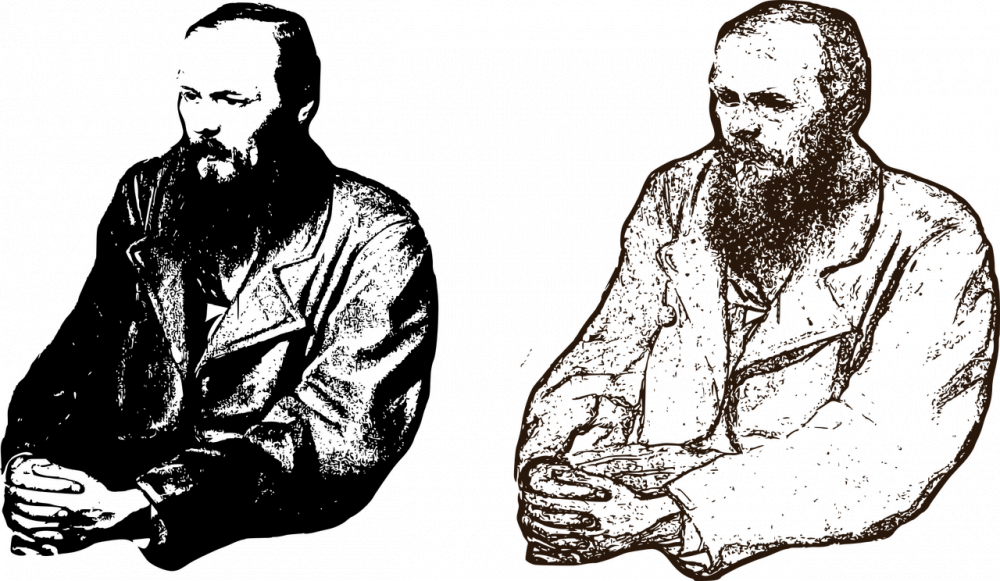**Jane Austens Emma: A Timeless Tale of Love and Society**

Introduction:
Emma, one of Jane Austen’s most beloved novels, is a captivating story that explores the complexities of love, romance, and societal expectations in 19th-century England. This article delves deep into the world of Emma, providing a comprehensive overview for those interested in the subject. Whether you are new to the works of Jane Austen or a seasoned fan, join us on a journey to uncover the brilliance of “Emma.”
Historical Background:

To fully appreciate the significance of “Emma,” it is crucial to understand the historical context in which it was written. Jane Austen lived during the Regency era, a time marked by strong social hierarchies, rigid gender roles, and a complex system of courtship. These societal norms heavily influenced Austen’s writings, and “Emma” is no exception.
Development of “Emma” over Time:
Upon its publication in 1815, “Emma” received mixed reviews. Critics praised Austen’s witty writing style and complex character development, yet some felt that the novel lacked the passion and dramatic flair found in her previous works. However, as time went on, “Emma” gained recognition for its nuanced portrayal of love and its examination of societal expectations. Today, it is considered one of Austen’s finest achievements.
Key Themes Explored in “Emma”:
1. Social Class and Status: “Emma” delves into the complexities of social class, highlighting the constraints it places on individuals and their romantic relationships. Through the protagonist Emma Woodhouse, Austen portrays the challenges of navigating social hierarchies and the consequences of attempting to transcend them.
2. The Role of Women: Austen’s portrayal of female characters in “Emma” challenges the traditional views of women’s roles in society. Emma, though privileged, experiences constraints due to her gender. Other characters, such as the independent-minded and intelligent Harriet Smith, further explore the limited opportunities available to women during this era.
3. Love and Marriage: Love and marriage are recurring themes throughout the novel. Austen navigates the delicate balance between personal choice and societal expectations, exploring how these concepts intersect and influence romantic relationships.
Featured Snippet: Tips and Tricks:
To increase the likelihood of your article appearing as a featured snippet on Google, it is essential to structure the text effectively. Consider the following tips:
Heading “Jane Austen’s ‘Emma’: A Timeless Tale of Love and Society”
Subheadings (H2):
1. Introduction
2. Historical Background
3. Development of “Emma” over Time
4. Key Themes Explored in “Emma”
5.
6. Featured Snippet: Tips and Tricks
Bulletpoints for the Historical Background section:
– Regency era: Social hierarchies, gender roles, and courtship norms.
– Influence of societal norms on Jane Austen’s writings.
– “Emma” as a reflection of 19th-century England.
Conclusion:
“Emma” stands as a timeless work of literature, showcasing Jane Austen’s astute observations of society and her unparalleled ability to craft complex characters and engaging narratives. Whether you are exploring the novel for the first time or revisiting it as a dedicated Austen enthusiast, the themes explored in “Emma” continue to resonate with readers, offering insights into the complexities of human relationships and the enduring power of love.





